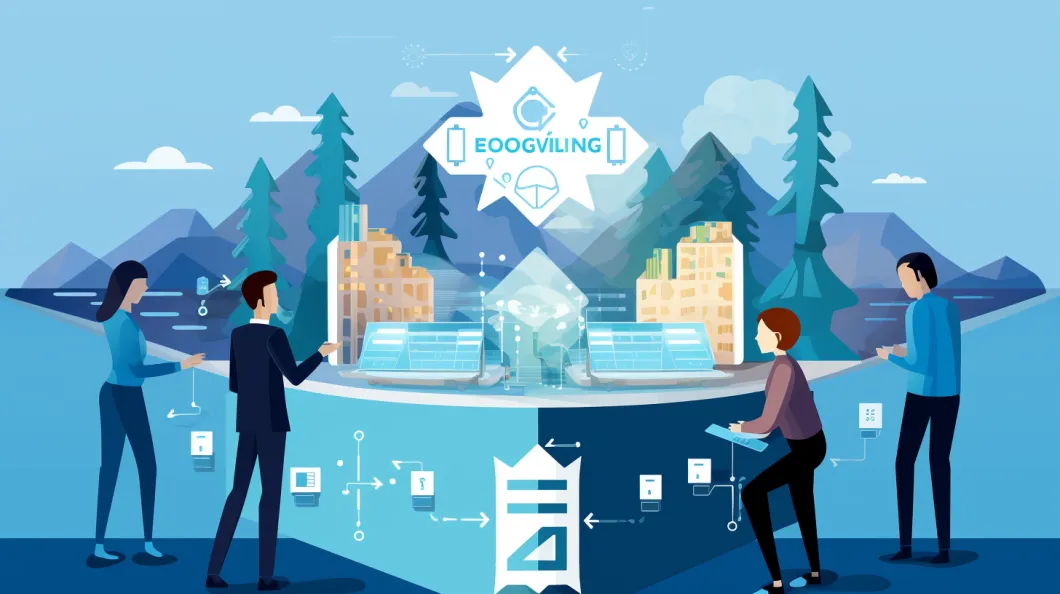Table of Contents
In the year 2023, AI trends became the talk of the town, spreading its influence across various platforms. From news articles to podcasts, social media to mobile apps, and even our everyday chit-chats, AI was the hot topic on everyone’s lips. The much-awaited arrival of AI was finally accelerated by the introduction of ChatGPT in November 2022.
AI Evolution in Media and Consumer Engagement
In 2023, the AI chatbot created by OpenAI caused quite a stir, capturing the attention of ordinary individuals and introducing them to the fascinating yet potentially perilous world of future technologies. As we transitioned from chatbots powered by Large Language Models (LLM), we found ourselves confronted with an even more daunting form of AI trends – AI integrated into various forms of media such as photos, videos, and voice.
AI Trends has revolutionized the media landscape, with companies harnessing its power to enhance advertising and create a more user-friendly digital experience. From photo colorization to text-to-image models like Midjourney, and text-to-speech capabilities like ElevenLabs, AI has enabled motion interpolation and a plethora of other exciting features.

However, as soon as AI apps became widely accessible, it transformed into a hilarious meme extravaganza. Countless ‘Al Imagines’ pictures flooded the internet, accompanied by amusing videos featuring PM Narendra Modi’s voice generated by AI.
In the realm of AI Trends, 2024 holds a promising array of trends to keep an eye on.
AI Trends Shaping 2024’s Technological Landscape
2024’s Anticipated AI Developments
Here are a few possible AI trends that could continue to evolve, considering the direction of technological advancements and developments since 2022:
Ethical Oversight and Governance in AI
As AI trends continue to integrate into our society, there will undoubtedly be a growing emphasis on ethical considerations and regulations regarding its application. This will be especially crucial in sensitive domains such as healthcare, finance, and autonomous systems.
Personalization Enhanced by AI
Businesses are expected to keep harnessing the power of AI to elevate customer experiences through hyper-personalization. By utilizing data, they will be able to customize products and services with even greater precision.

AI Integration with Edge Computing
The integration of artificial intelligence with edge devices is set to expand, paving the way for faster decision-making and decreased latency through data processing near its origin.
AI’s Transformative Role in Addressing Healthcare Challenges
Advances in AI for Healthcare
AI’s potential in healthcare could grow even more as precision medicine, drug discovery, and diagnostics continue to advance with the help of AI-powered imaging and analysis.
Artificial Intelligence in Cybersecurity
The evolution of AI-powered cybersecurity tools is set to continue, bringing with it a multitude of advancements. As we move forward, we can expect to witness a seamless integration of AI in cybersecurity, enabling enhanced threat detection, anomaly identification, and real-time response to protect our valuable systems and data.
Advances in Natural Language Processing (NLP)
AI systems are poised to enhance their ability to comprehend and produce language that closely resembles human speech. This advancement will greatly benefit chatbots, language translation, and content creation.
AI has the potential to play a pivotal role in enhancing energy efficiency, optimizing resource allocation, and assisting in scientific investigations aimed at addressing the pressing challenges of climate change.
AI’s Expansion in Fintech for Enhanced Financial Services
The potential for greater integration of AI in fintech is immense, especially when it comes to risk assessment, fraud detection, and providing personalized financial advice.
To meet the unique needs of each student, there is a continuous effort to enhance AI-driven adaptive learning systems, personalized tutoring, and assessment tools. These advancements aim to provide a tailored educational experience that takes into account individual strengths, weaknesses, and learning styles.
As we move forward, it is important to acknowledge that while we can make predictions based on current trends, there may be unexpected factors and innovations that will influence the educational landscape in the coming years.





